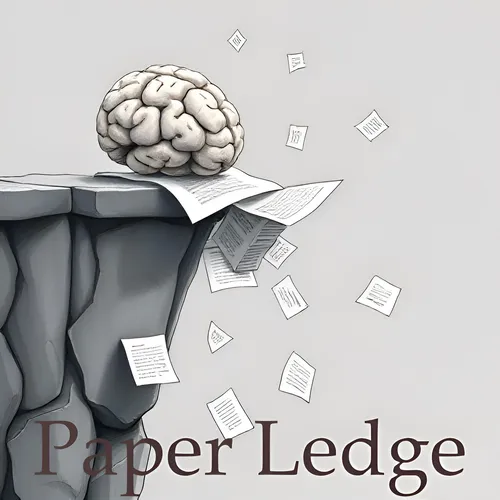Multiagent Systems - Self-Organizing Agent Network for LLM-based Workflow Automation
- Author
- ernestasposkus
- Published
- Wed 20 Aug 2025
- Episode Link
- https://www.paperledge.com/e/multiagent-systems-self-organizing-agent-network-for-llm-based-workflow-automation/
Hey PaperLedge learning crew, Ernis here, ready to dive into some seriously cool research! Today, we're tackling a paper about how AI agents, specifically those powered by Large Language Models – think super-smart chatbots – are learning to manage really complicated tasks, especially the kinds you find in big companies.
Now, you might have heard about AI doing amazing things, like writing code or even creating art. But what about orchestrating complex business processes? Imagine a company trying to, say, onboard a new employee. There are tons of steps: background checks, setting up accounts, ordering equipment, training... the list goes on!
These workflows are often insanely complex, with lots of interconnected pieces. The paper points out that current AI systems, while clever, struggle with these super-long, nested workflows. It's like trying to navigate a maze with a million twists and turns – the AI gets lost pretty easily.
Think of it like this: Imagine you're planning a huge surprise party. You have to book the venue, order the cake, send out invitations, coordinate with the caterer, and keep everything a secret! Each of these tasks has its own sub-tasks. Regular AI kind of tries to manage everything at once, which gets messy fast. This paper introduces a new framework to deal with this.
The researchers call their solution Self-Organizing Agent Network (SOAN). The core idea is to break down these massive workflows into smaller, more manageable chunks, and then assign each chunk to its own "agent." These agents then communicate and coordinate with each other, building a network that tackles the overall task.
"SOAN incrementally builds a formalized agent network by identifying and encapsulating structural units as independent agents, enhancing modularity and clarity in orchestration."
It's like having a team of specialists for that surprise party – one person handles the venue, another the cake, and so on. Each specialist knows their role inside and out, and they work together to make the party a success.
What makes SOAN different is that it figures out how to break down the workflow and assign tasks automatically. It self-organizes. This is crucial because every company's workflows are different, and manually configuring an AI for each one would be a nightmare.
The researchers tested SOAN against other AI systems using a mix of standard benchmarks and real-world business data. And guess what? SOAN blew the competition away! It was more adaptable, more resilient to errors, and more efficient.
Why should you care?
- For business leaders: Imagine being able to automate complex processes, reduce errors, and improve efficiency. SOAN could be a game-changer for streamlining operations.
- For AI developers: This research provides a new framework for building more robust and scalable multi-agent systems.
- For everyone else: This is about the future of work. As AI takes on more complex tasks, understanding how these systems work becomes increasingly important.
So, here are a couple of questions that come to mind:
- How easily could SOAN be adapted to different industries or specific company needs? Could a small business use something like this, or is it strictly for large enterprises?
- What are the ethical considerations of using AI to automate complex workflows? How do we ensure fairness and transparency in these systems?
That's all for today's dive into PaperLedge! I hope this made complex AI orchestration a little less intimidating. Until next time, keep learning, keep questioning, and keep exploring!
Credit to Paper authors: Yiming Xiong, Jian Wang, Bing Li, Yuhan Zhu, Yuqi Zhao
